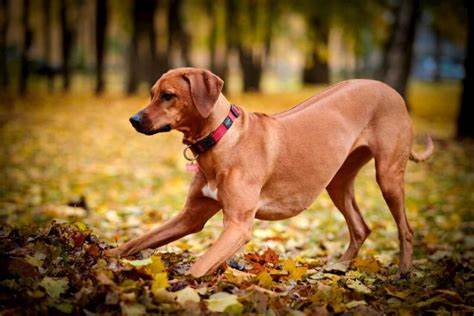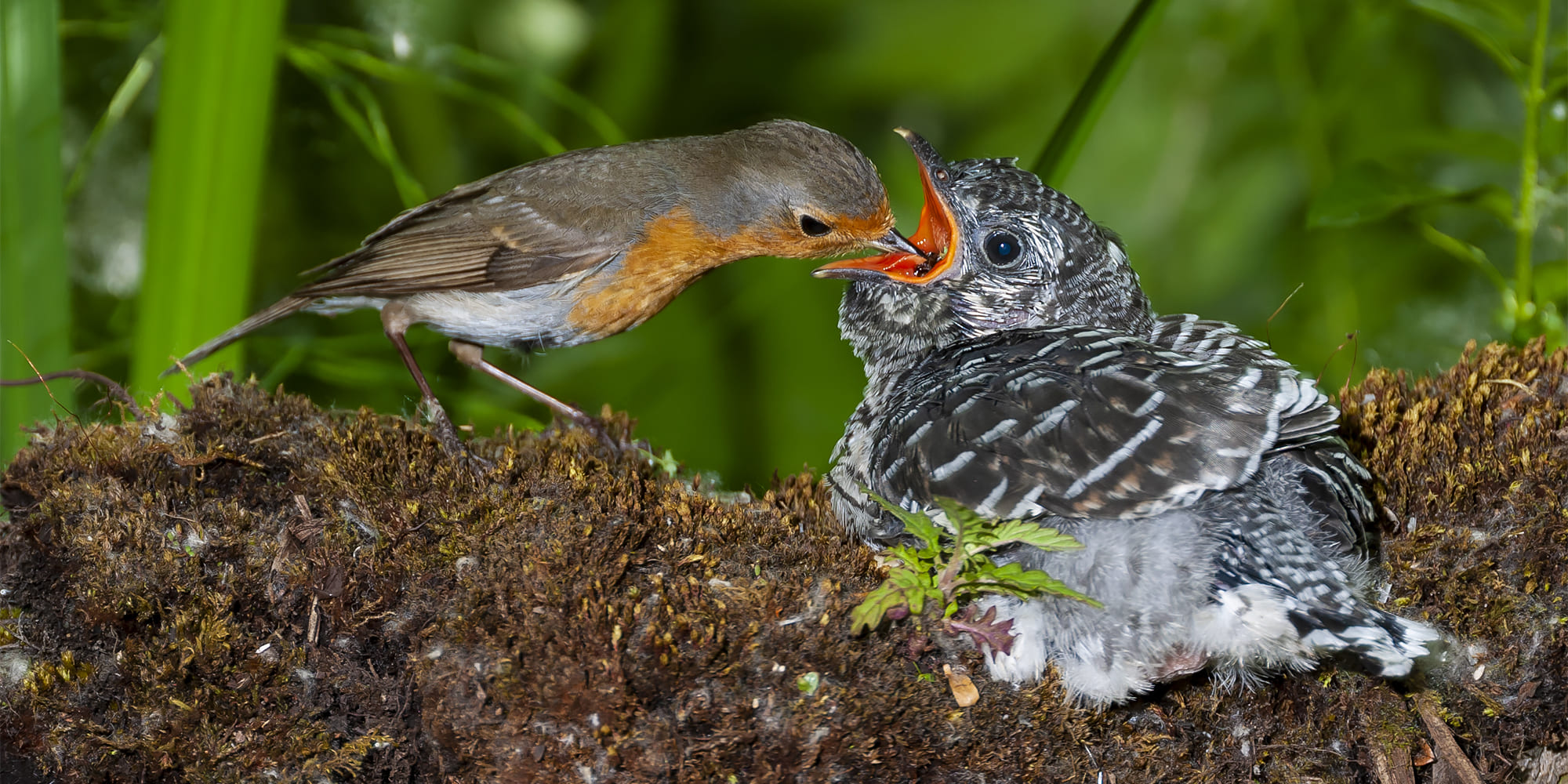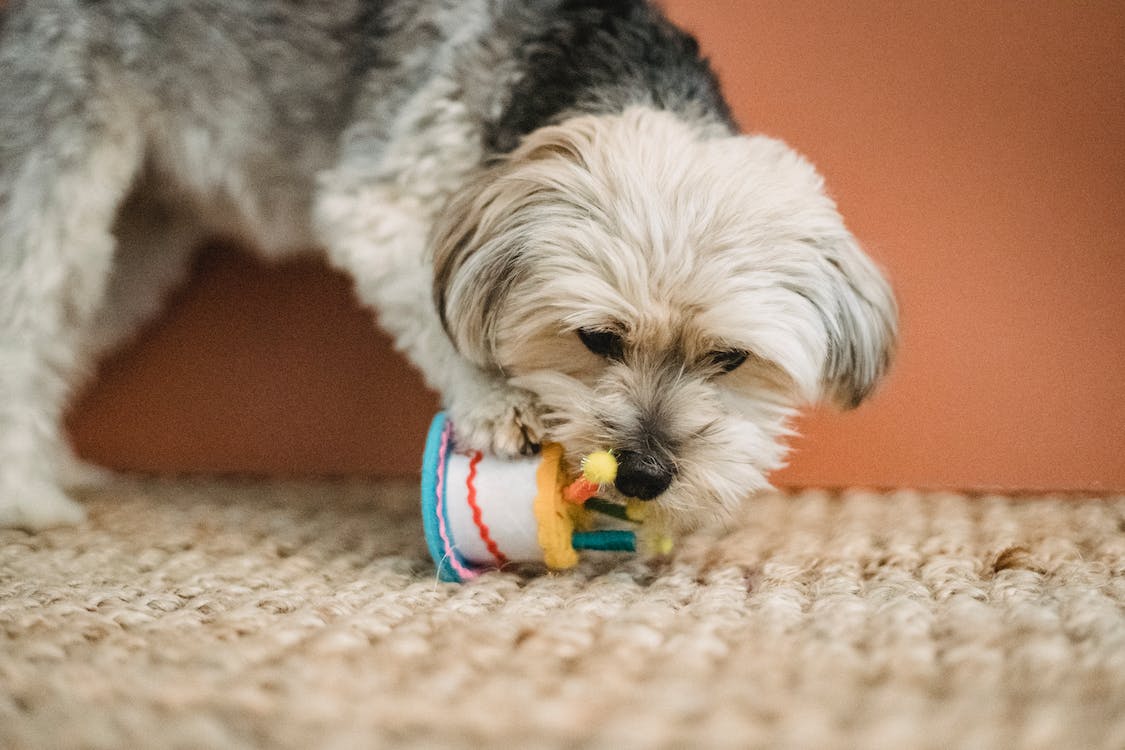You’ve likely noticed the hair on your dog’s neck and back standing up at times. Referred to as raised hackles or piloerection, this instinctive reaction dates back to canine ancestors in the wild. Hackles serve an important communication function for dogs. Learning why dogs raise their hackles helps you interpret this body language signal properly.
Definition of Hackles
As a dog owner, you’ve likely noticed the hair along your pup’s neck and back standing on end from time to time. Referred to as raised hackles or piloerection, this involuntary reaction dates back to early canine evolution. But what exactly are hackles, and what prompts this behavior? Understanding the meaning behind hackles provides insight into canine communication and emotion.
Hackles describe the longer, more erectile hairs found along a dog’s neck, back, thighs and base of the tail. When a dog raises its hackles, these hairs become elevated into a ridge of fur that appears to stand “on end”. Hackles aid communication by making a dog appear bigger while signaling emotional arousal.
The Anatomy Behind Raised Hackles
What makes hackle raising possible? Dogs have small muscle bands called arrector pili attached to each hair follicle. When these involuntary muscles contract in response to certain stimuli, they pull the follicles upright, causing hairs to stand perpendicular to the body. The scientific term for hackle raising is piloerection.

What Causes Hackles to Raise?
The hair along a dog’s neck, shoulders, back and tail stand on end when the small muscles at the base of each hair follicle contract. Known as arrector pili muscles, their activation causes the hairs to elevate. This involuntary response is controlled by the sympathetic nervous system and triggered by:
- Intense emotions like excitement, fear, anxiety or aggression
- Novel or surprising stimuli and situations
- Detection of potential threats in the environment
- Encountering unfamiliar people or animals
- Illness, injury or pain
- Reacting to cold temperatures (also conserves body heat)
While raised hackles don’t necessarily indicate aggression, they signal strong emotional arousal in response to specific triggers unique to each dog.
Raised Hackles as Communication
By making a dog appear larger and fluffier, piloerection serves an important evolutionary function. Raised hackles were meant to:
- Ward off potential predators and rivals
- Project a bold, confident appearance
- Convey important information to other dogs
- Indicate situations requiring caution
This communication equips dogs to effectively handle threats and uncertainty. It persists in domesticated dogs.
Factors Influencing Hackle Raising
Certain dogs exhibit piloerection more readily:
- Breed: Huskies, Shepherds, Collies, and other double-coated breeds hackle up frequently. Short-haired breeds do so less often.
- Individual temperament: Fearful, anxious, or nervous dogs hackle more than calm, stable ones.
- Situational exposure: Dogs lacking socialization hackle at more triggers. Well-exposed dogs are less reactive.
- Health status: Dogs in pain or feeling unwell may hackle when approached or touched.
While some dogs hackle minimally, others do so readily. The context gives crucial clues about associated emotions.

Is Hackling Always Linked to Aggression?
Not necessarily. While raised hackles can indicate fear-based defensiveness or alarm, dogs also piloerect when excited, aroused, or intrigued. Context is key when interpreting Raised hackles alone don’t confirm aggression. Other body language like hard staring, growling, lunging, and biting communicate aggression instead.
Appropriate Response to Raised Hackles
When you notice your dog’s hackles up, respond based on the situation:
- Note triggers prompting the response. Remove or modify if negative. Reward and praise reassuring but excited hackling.
- Avoid consoling or petting, which may reinforce anxious hackling. Distract and redirect to a calm activity instead.
- If hackling seems fearful, create distance from the trigger and help your dog relax. Don’t force interaction.
- Interrupt aggressive posturing. Don’t punish fearful hackling. Consult a trainer or behaviorist for help.
While hackling can look concerning, it shouldn’t cause alarm on its own. Assess the context to determine your dog’s emotional state and the best way to encourage calm confidence.
Raised hackles are a normal part of canine communication reflecting emotional engagement. By understanding what prompts the response in your dog, you can provide appropriate training, socialization and reassurance to encourage positive reactions. Soon you’ll become fluent in reading your best friend’s unique body language!


